Working Group 2: Future Imaging Systems ‐ Goals, Plans, Challenges and Opportunities
Co-Chairs:
- Paul Rosen (NASA/JPL)
- Manfred Zink (DLR)
- Martin Suess (ESA)
At the second workshop, WG-2 explored the following questions:
- What are the main current trends and challenges in future spaceborne SAR?
- What are the required capabilities (coverage, revisit, resolution) for future spaceborne SAR?
- To what extent does the possibility of international contributed capabilities influence Agencies’ future planning of new missions?
- What is the best level of coordination/collaboration between future SAR systems?
- What will be the split between commercial and public funded future SAR imaging systems?
The overall outcome from these discussions were distilled to four overall observations:
- Free and Open, and unrestricted Data Policy is an enabler for coordination of the space segment coordination.
- The community should foster international coordination of observation requirements. This could be in particular done by sharing the requirements already during the early mission development phases.
- Nations should evaluate the landscape of future missions systematically in their feasibility phase of planning, including covering the spectrum, and sampling space. While it is recognised that complete coordination of programs at the international scale is not realistic, awareness and advance planning can certainly influence future directions at space agencies.
- The largest obstacles are programmatic, not technical.
It was identified that opportunities exist for data harmonisation, coordination of collection strategies, and scientific collaborations, but arguably the area with greatest potential impact would be in creating an optimised systems approach to design and development of international SAR missions.
Two papers have been written by WG2 since 2018:

